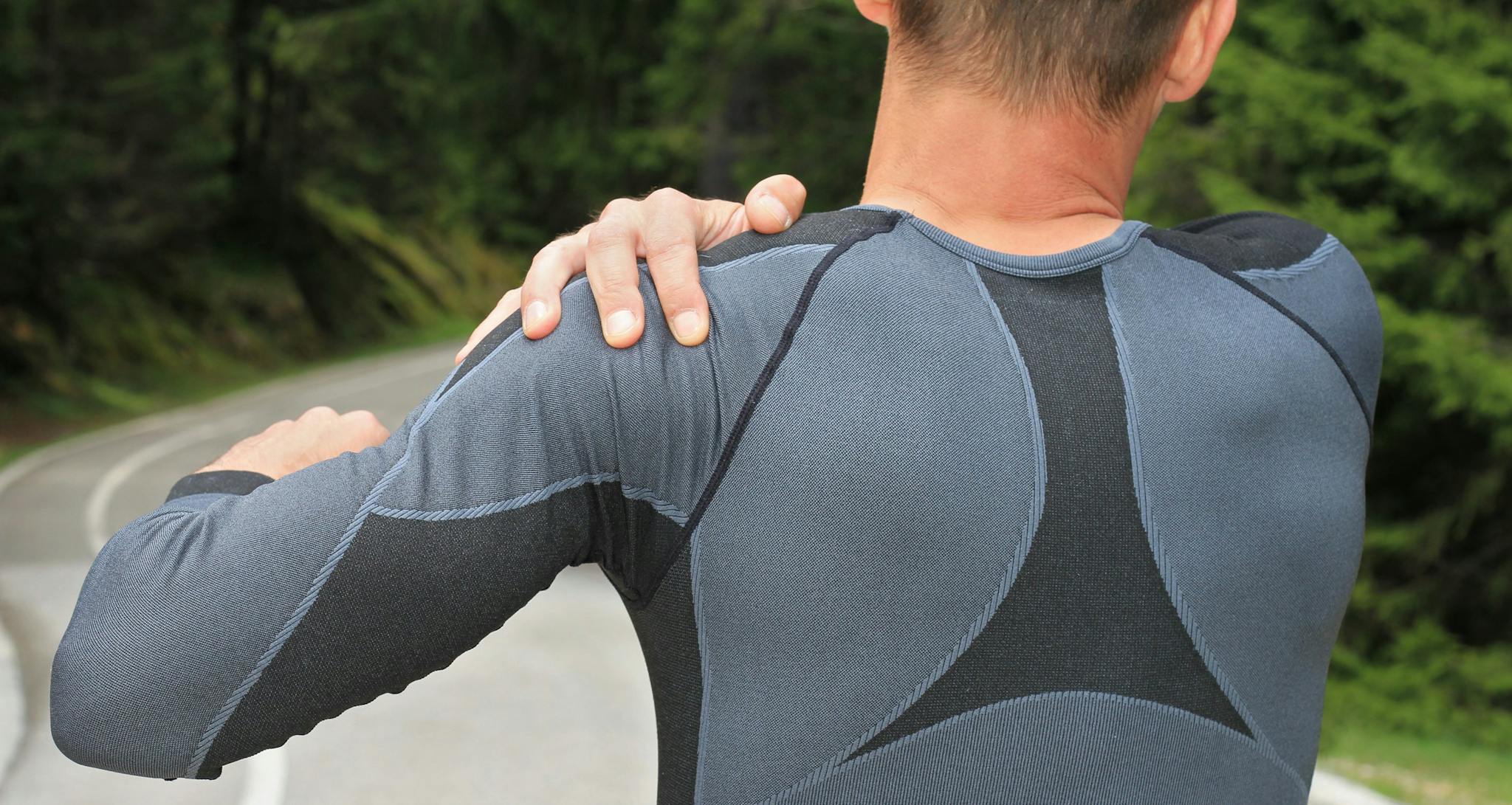
2025-06-10T13:54:10
Understanding Skin Grafts
- Dermatology
- Family Medicine
- Internal Medicine
- Orthopedics
April 23, 2019 | Orthopedics

The joints of your body contain small sacs of fluid called bursa. Their purpose is to cushion the soft tissues in your body and protect them from damage (which occurs when bone rubs against them). Excess friction due to overuse, trauma, bone spurs, calcium deposits, muscle weakness, poor coordination or incorrect posture can put stress on the bursa and cause it to become irritated, which results in bursitis.
Symptoms of shoulder bursitis include pain with the following activities:
Many people with shoulder bursitis are athletes who engage in activities such as swimming, pitching or throwing. However, shoulder bursitis is not limited to athletes. In fact, it can occur in people of all ages, although it is more likely to affect older adults. Certain medical conditions, such as an autoimmune disorder, infection or muscle weakness, can also cause or contribute to the development of bursitis, and sometimes it is impossible to pinpoint a specific cause. Fortunately, shoulder bursitis is a treatable condition that usually does not require surgery to correct.
It can be difficult to differentiate between the pain of bursitis and arthritis pain. The two conditions are similar in that they both result from inflammation (swelling) in or around the joint. However, they are two entirely separate conditions. Degeneration of the cartilage and other connective tissues in the joints over time is the cause of arthritis, which is more likely to occur in the weight-bearing joints of the knees and hips. Bursitis occurs more frequently at the shoulders and elbows, although it can occur at the hips and knees as well. The presence of arthritis in the joint may also contribute to the development of bursitis.
Following a diagnosis of shoulder bursitis, your doctor or physical therapist may recommend conservative treatment methods, such as modifying activities to avoid ones that cause you pain and using ice packs to relieve the inflammation. Physical therapy exercises to improve shoulder strength, motion and flexibility may also help to alleviate your bursitis pain.
If these methods do not work, or if you notice only minimal improvement, your doctor may recommend an injection of corticosteroids and pain relievers into the joint to reduce the inflammation. Another treatment option is a procedure called aspiration, which is the process of removing fluid from the bursa.
Usually, these treatment methods will be effective at improving shoulder bursitis. If they do not work, however, you may require a surgical procedure called a subacromial decompression to relieve the pressure on the bursa.
See your doctor for treatment of persistent shoulder pain. Diagnosis may involve taking X-rays or having an MRI to evaluate the structures of your shoulder and determine a course of treatment.

WRITTEN BY:
The Live Better Team

2025-06-10T13:54:10

2024-06-21T14:29:51

2024-02-06T11:40:13

2023-03-30T11:23:12
This information is not intended to replace the advice of a medical professional. You should always consult your doctor before making decisions about your health.